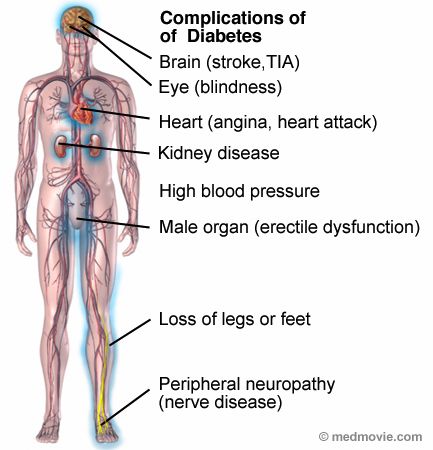Definition of differential reinforcement
What is Differential Reinforcement?
Differential reinforcement is a strategy used in applied behavior analysis (ABA) to address challenging or undesirable behavior, usually in children. While there are a number of techniques used in differential reinforcement, the goal is always the same: to encourage appropriate behavior by giving or withholding reinforcement.
The theory behind differential reinforcement is that people tend to repeat behaviors that are reinforced or rewarded and are less likely to continue behaviors that aren’t reinforced.
Differential reinforcement consists of two components:
- Reinforcing the appropriate behavior
- Withholding reinforcement of the inappropriate behavior
‘Appropriate’ behavior in differential reinforcement may be recognized as: (1) not behaving inappropriately; or (2) choosing a positive response over a negative one.
George Mason University
Featured Program: Online Applied Behavior Analysis Graduate Certificate
Request Info
Arizona State University
Featured Program: Applied Behavioral Analysis, Graduate Certificate
Request Info
Pepperdine University
Featured Program: Master's in Applied Behavior Analysis online - Become a BCBA in as few as 27 months. ABAI-verified. No GRE required.
Request Info
Purdue University Global
Featured Program: Bachelor of Science in Psychology in Applied Behavior Analysis - Postbaccalaureate and Postgraduate Certificate
Request Info
Capella University
Featured Program: MS in Applied Behavior Analysis
Request Info
Arcadia University
Featured Program: Take the next step towards becoming licensed in your field with the online M.Ed. in Applied Behavior Analysis program from Arcadia University.
Request Info
Regis College
Featured Program: The Regis College online ABA curriculum has been designed for health science professionals with a focus on applied coursework, practical experience, and post-graduation certification.
Request Info
Simmons School of Nursing and Health Sciences
Featured Program: Online Master's in Behavior Analysis
Request Info
Regis University
Featured Program: Build your skills; build your character.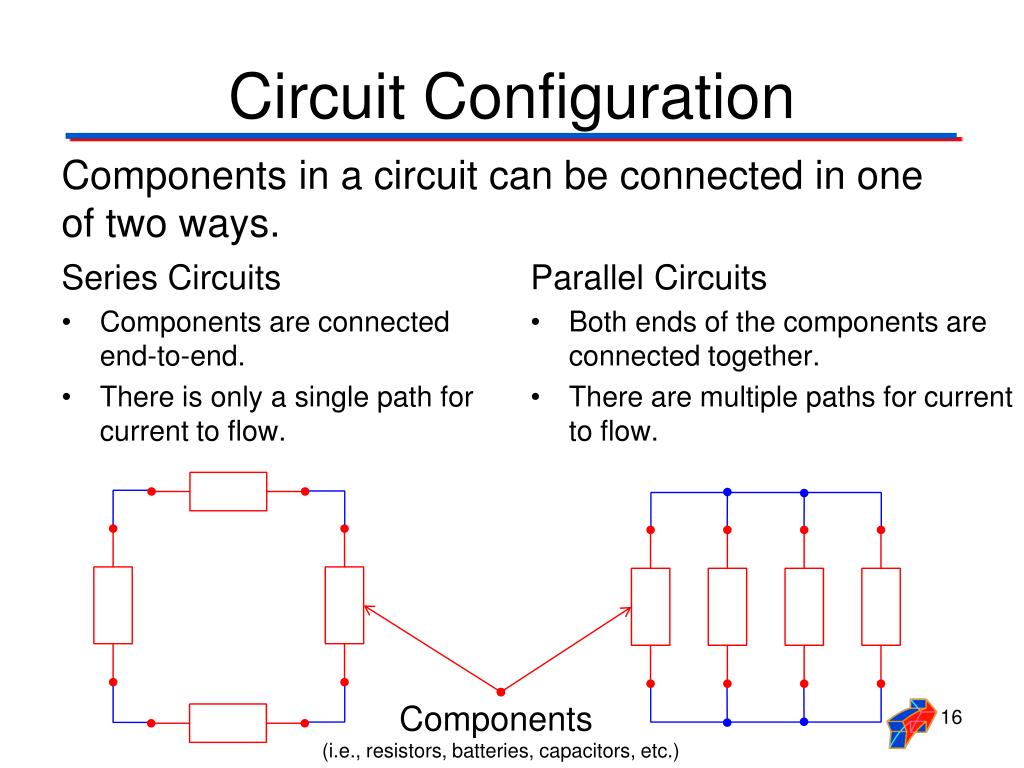 With Regis University's B.S. in Applied Psychology, you can help your community cope and thrive in the modern world.
With Regis University's B.S. in Applied Psychology, you can help your community cope and thrive in the modern world.
Request Info
Think of differential reinforcement as the opposite of traditional discipline, which would be: Child displays a negative behavior and adult implements a punishment to discourage the behavior. Using differential reinforcement, the adult would not discourage the child’s negative behavior, only encourage the child’s positive behavior. By withholding reinforcement of the child’s negative behavior, the negative behavior fades away.
Interested in working with patients with ASD? Learn how to become an ABA therapist!
What Does Withholding Reinforcement Mean?
Withholding reinforcement when using differential reinforcement essentially means ignoring inappropriate behavior. In most cases, this means not making eye contact, remaining silent, and moving away. Withholding reinforcement often causes the behavior to escalate before it begins to improve, so implementing it requires consistency and patience.
To achieve the most success, the adult must also immediately implement positive reinforcement when the child performed the desired behavior.
FIND SCHOOLS
Sponsored Content
How is Differential Reinforcement Used?
There are small nuances in the way differential reinforcement can be implemented:
Differential Reinforcement of Incompatible Behavior (DRI)
DRI involves reinforcing behavior that can’t occur at the same time as the inappropriate behavior. For example, a teacher wants the child to remain in his seat. Each time the student leaves his seat, the behavior is ignored. However, when the child remains seated, the teacher rewards him with a sticker.
Differential Reinforcement of Alternative Behavior (DRA)
DRA involves reinforcing a behavior that serves as an alternative to the inappropriate behavior. A good example of this would be a child who demands food from his parents. Each time the child makes a demand, his parents would ignore him.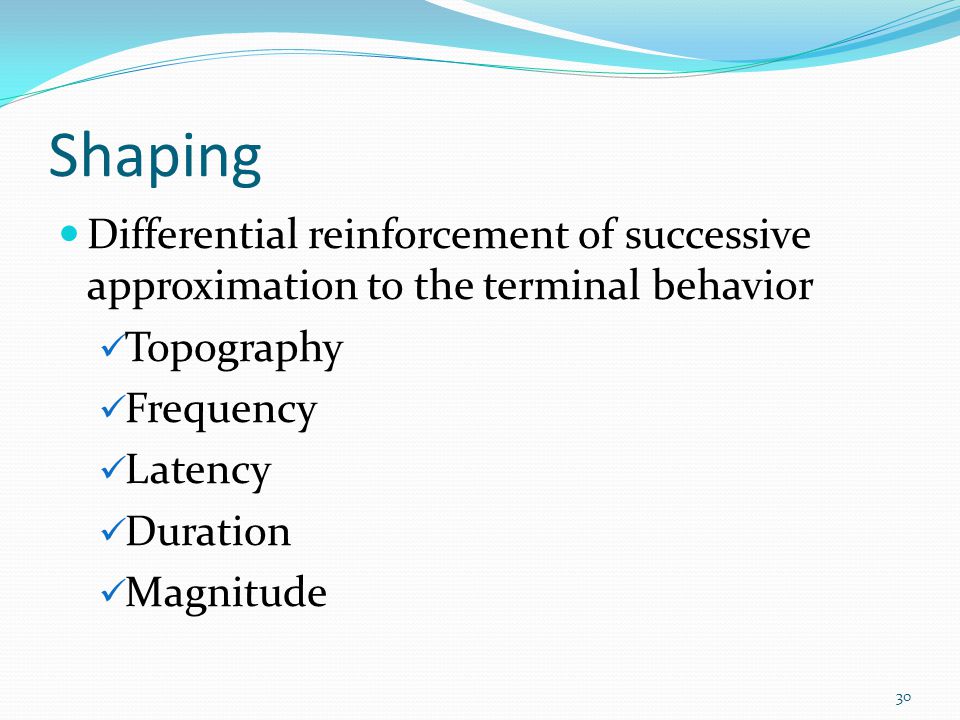 Only when the child asks politely do the parents turn, acknowledge him, and satisfy his request.
Only when the child asks politely do the parents turn, acknowledge him, and satisfy his request.
Differential Reinforcement of Other Behavior (DRO)
DRO involves rewarding the child when the inappropriate behavior does not occur during a specific amount of time. An example of this type of differential reinforcement would be a child who repeatedly leaves his seat during dinnertime. The parent would set a timer for ten minutes. If the child does not leave his seat during this time, he is rewarded with television time following dinner.
Differential Reinforcement of Low Rates (DRL)
DRL involves encouraging the child to reduce the frequency of a behavior. The behavior itself is not inappropriate, but the frequency in which the child engages in it is inappropriate. A good example of this type of differential reinforcement is a child who repeatedly washes his hands before lunch. In this case, the teacher wants the child to wash his hands, but not more than once before lunch.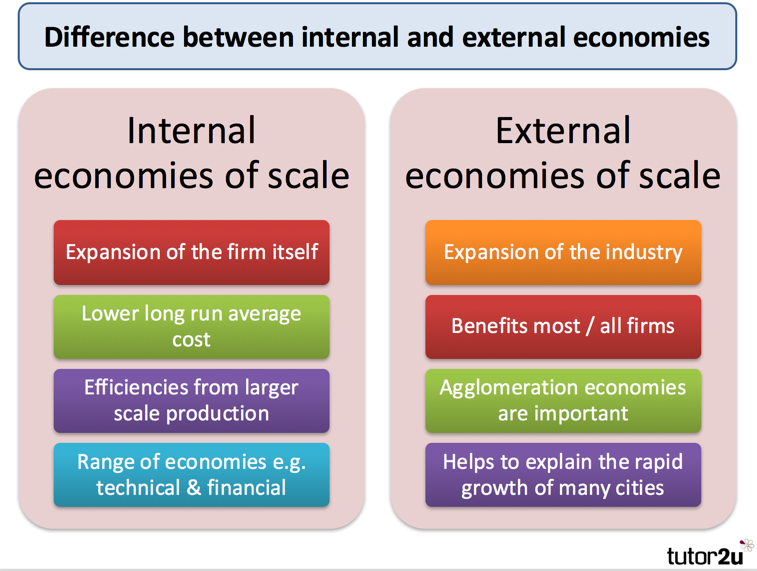 Using DRL, the teacher would reward the child by allowing him to be first in line to lunch if he avoids washing his hands more than once.
Using DRL, the teacher would reward the child by allowing him to be first in line to lunch if he avoids washing his hands more than once.
When is Differential Reinforcement Used?
Differential reinforcement is most often used with children, although it can also be used successfully with other populations and in many other settings.
For example, consider a human resources manager who implements specific rules regarding interoffice communication. Namely, that all employees must use email when they have questions. If an employee chooses not to follow this rule and instead leaves a voicemail with a question regarding his pay, the human resources manager would ignore his request until the employee sends the request in an email.
Ready to begin your career as an ABA therapist, review our list of 20 best schools offering ABA Masters Programs.
Differential Reinforcement - ABA: Applied Behavior Analysis
Behavior change using principles of applied behavior analysis can be done with nonpunishment procedures using differential reinforcement. Differential reinforcement is defined as reinforcing a specific class of behavior while withholding reinforcement for other classes of behavior. For example, if the target behavior is for the learner to point to the color blue when instructed to, "Point to blue," he is only reinforced when pointing to the color blue. For any other response, the student does not receive reinforcement.
Differential reinforcement is defined as reinforcing a specific class of behavior while withholding reinforcement for other classes of behavior. For example, if the target behavior is for the learner to point to the color blue when instructed to, "Point to blue," he is only reinforced when pointing to the color blue. For any other response, the student does not receive reinforcement.
There are four forms of differential reinforcement:
- Differential Reinforcement of Incompatible behavior (DRI)
- Differential Reinforcement of Alternative behavior (DRA)
- Differential Reinforcement of Other behavior (DRO)
- Differential Reinforcement of Low Rates (DRL)
DRI - this procedures entails only reinforcing behaviors that are incompatible with the problem behavior while withholding reinforcement for the problem behavior. In other words, only behaviors that cannot occur simultaneously with the problem behavior are reinforced.
Example: Kevin engages in out of seat behavior so his teacher decides to implement a DRI procedure.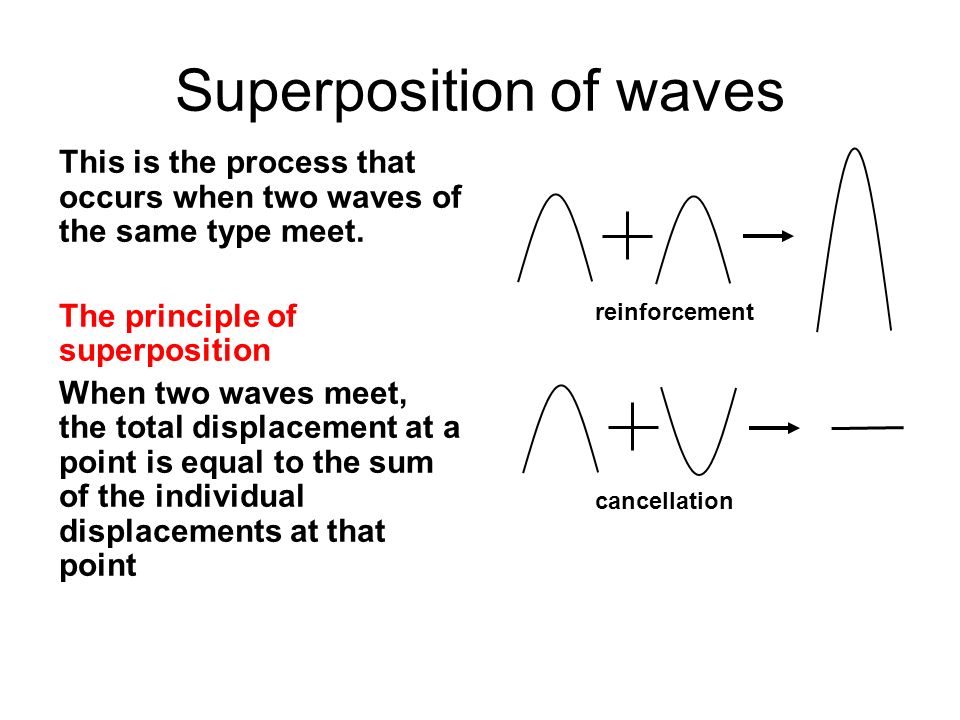 She decides to reinforce a behavior that is incompatible with out of seat behavior. Sitting in his seat is chosen as the incompatible behavior because it cannot occur at the same time as out of seat behavior. Kevin only receives reinforcement (ex. token) for sitting in his seat while reinforcement is withheld when Kevin is out of his seat.
She decides to reinforce a behavior that is incompatible with out of seat behavior. Sitting in his seat is chosen as the incompatible behavior because it cannot occur at the same time as out of seat behavior. Kevin only receives reinforcement (ex. token) for sitting in his seat while reinforcement is withheld when Kevin is out of his seat.
DRA - this procedure entails reinforcing a behavior that serves as a viable alternative for the problem behavior, but is not necessarily incompatible with the problem behavior.
Example: Sarah engages in shouting out behavior after her teacher poses a question to the class. Her teacher decides to use a DRA procedure in which Sarah is only reinforced (ex. called on) for raising her hand to answer a question. This behavior is an alternative to shouting out, but is not incompatible as both the problem behavior and the alternative can occur at the same time. However, raising her hand is a more socially acceptable alternative.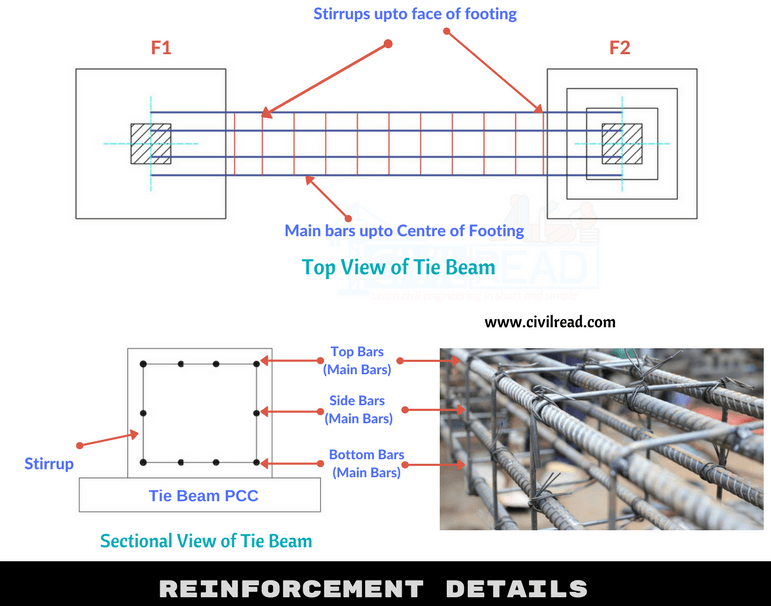
DRO - this procedure entails delivering reinforcement whenever the problem behavior does not occur during a predetermined amount of time.
Example: Julie pulls strands of hair out of her head when she is completing independent work. Her teacher decides to use DRO in order to reinforce the absence of pulling her hair. Using this procedure, the teacher sets a timer for three minutes on Julie's desk. If Julie does not pull her hair for the entire three minutes then she is reinforced. If Julie does pull her hair, she is not reinforced and the timer is reset.
DRL - this procedure is used to reduce the frequency of a behavior but not eliminate it from the learners repertoire entirely. This is typically reserved for behaviors that are socially acceptable but may occur too often. Using this procedure, reinforcement is delivered if a behavior occurs below a predetermined criteria.
Example: James uses socially appropriate behavior to greet peers but does so up to ten times in one class period.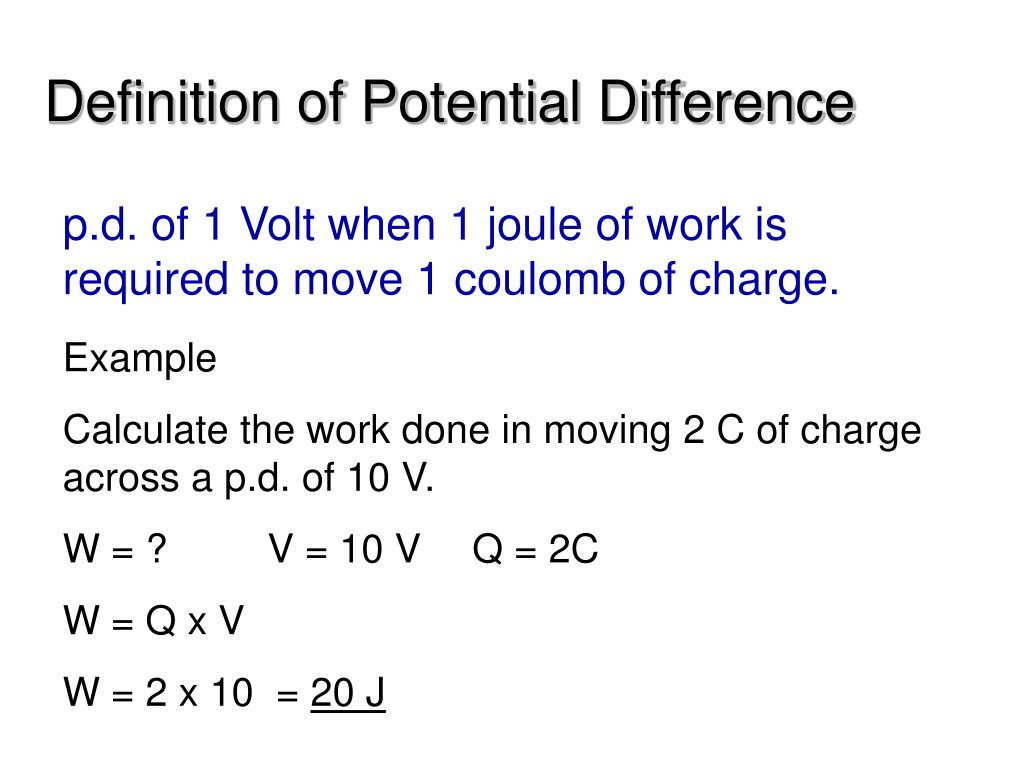 His teacher decides to use DRL to lower the rate of his behavior but she does not want to eliminate it completely. She decides to deliver reinforcement (ex. computer time) to James if he greets peers five or fewer times during the class period. If he greets peers more than five times, he does not receive reinforcement.
His teacher decides to use DRL to lower the rate of his behavior but she does not want to eliminate it completely. She decides to deliver reinforcement (ex. computer time) to James if he greets peers five or fewer times during the class period. If he greets peers more than five times, he does not receive reinforcement.
Strength and deformability of reinforced sandy soils under triaxial compression
References:
Khryanina, O. V. Strength and deformability of reinforced sandy soils under triaxial compression / O. V. Khryanina, A. A. Bely. - Text: direct // Young scientist. - 2015. - No. 10 (90). - S. 348-352. — URL: https://moluch.ru/archive/90/18837/ (date of access: 01/11/2023). nine0004
Experimental studies were carried out with sandy soil samples in their natural state and with the introduction of reinforcing layers in a triaxial compression device. The patterns of increasing the strength parameters and decreasing the deformability of sandy soil depending on the number of reinforcing layers are revealed.
Keywords: reinforcement, triaxial compression, strength, deformability.
Consolidated - drained tests were carried out in a triaxial compression device [1] - according to the standard triaxial compression scheme according to GOST 12248–2010 [2] at all-round pressures 2 = 3 = const = 0.1; 0.2; 0.3 MPa on sandy soil samples with a diameter of 38.0 ± 0.1 mm and a height of 80 mm, with a sand porosity coefficient e = 0.624. Loading was carried out through rigid dies with fluoroplastic filters and with the introduction of a layer of silicone lubricant over them. The vertical pressure on the sample was transferred in steps equal to 5–10% of the given all-round pressure in the chamber [3].
Tests were carried out according to two schemes. In the first case, the soil was tested in its natural state. In the second, a synthetic mesh with a cell size of 1–1 mm was introduced into the sample perpendicular to the axis of the vertical load.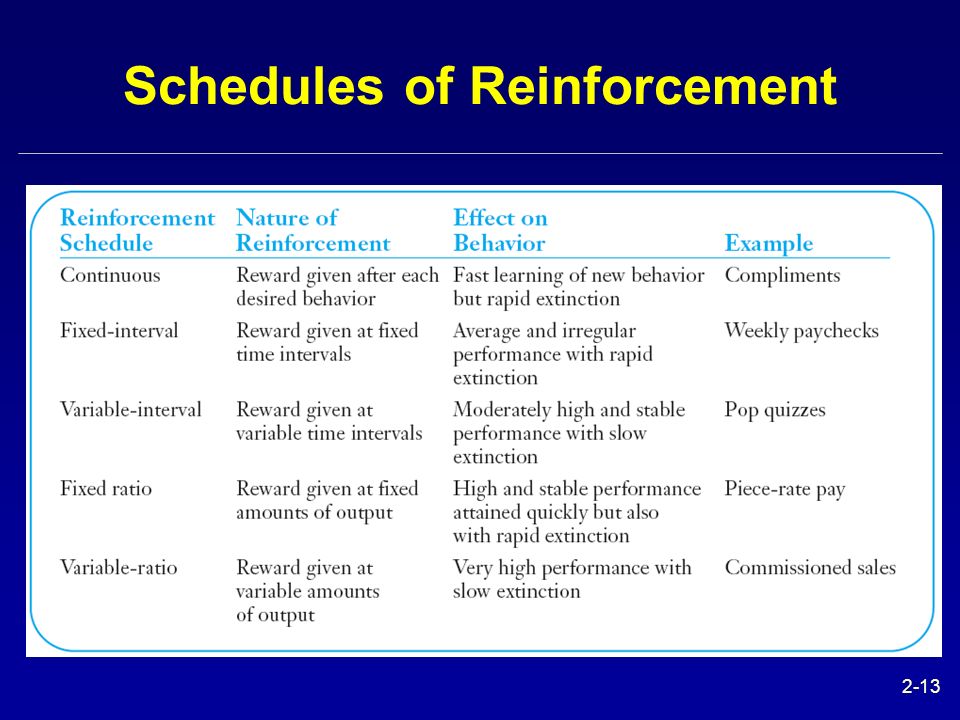 In the experiments, the number of grids n varied along the height of the sample and the distance between them (Fig. 1). The twin samples were prepared by the volumetric method [4]: a sample of sand is poured out of a funnel with an outlet diameter of 0.8 cm into a special form, which is installed on the lower base of the triaxial compression chamber. nine0009
In the experiments, the number of grids n varied along the height of the sample and the distance between them (Fig. 1). The twin samples were prepared by the volumetric method [4]: a sample of sand is poured out of a funnel with an outlet diameter of 0.8 cm into a special form, which is installed on the lower base of the triaxial compression chamber. nine0009
The nature of the deformation of natural sandy soil under triaxial compression changes with increasing load. Before deformation e 1 = 10%, the deformation is homogeneous, with subsequent loading, the occurrence of inhomogeneous deformation with localization of deformations within a narrow band is observed.
When deforming sand reinforced at one, two, three levels along the height of the samples, there is a violation of the contact interaction of the reinforcing meshes with sand and its extrusion between the extreme reinforcing layers, as shown in Fig. 2, which is explained by the higher shear strength of the reinforcing layers compared to the contact interaction of sand particles [5]. nine0009
nine0009
Fig.1. Scheme of placement of reinforcing layers in the sample: a) n = 0; b) n = 1; c) n = 2; d) n = 3
Fig. 2. Characteristic patterns of destruction of sandy soil samples when reinforced with a synthetic mesh a) n = 0; b) n = 1; c) n=2; d) n = 3
3. presents the results of testing sandy soil obtained at different values of lateral pressure and equal initial density of sand samples. One can see a significant effect of reinforcing layers on the strength and deformability of sand [6, 7] (Fig. 4, 5). nine0009
As a result of the experiments performed, the following conclusions can be drawn:
1. With three-row reinforcement in a triaxial compression device, the angle of internal friction of the sand increases by 5 degrees compared to unreinforced sand. At the same time, the ultimate load is 4 times more than the ultimate load of sand in its natural state.
2. When one reinforcing layer is turned on, the angle of internal friction does not change, but cohesion appears in the sand, which is due to the work of the reinforcing layers.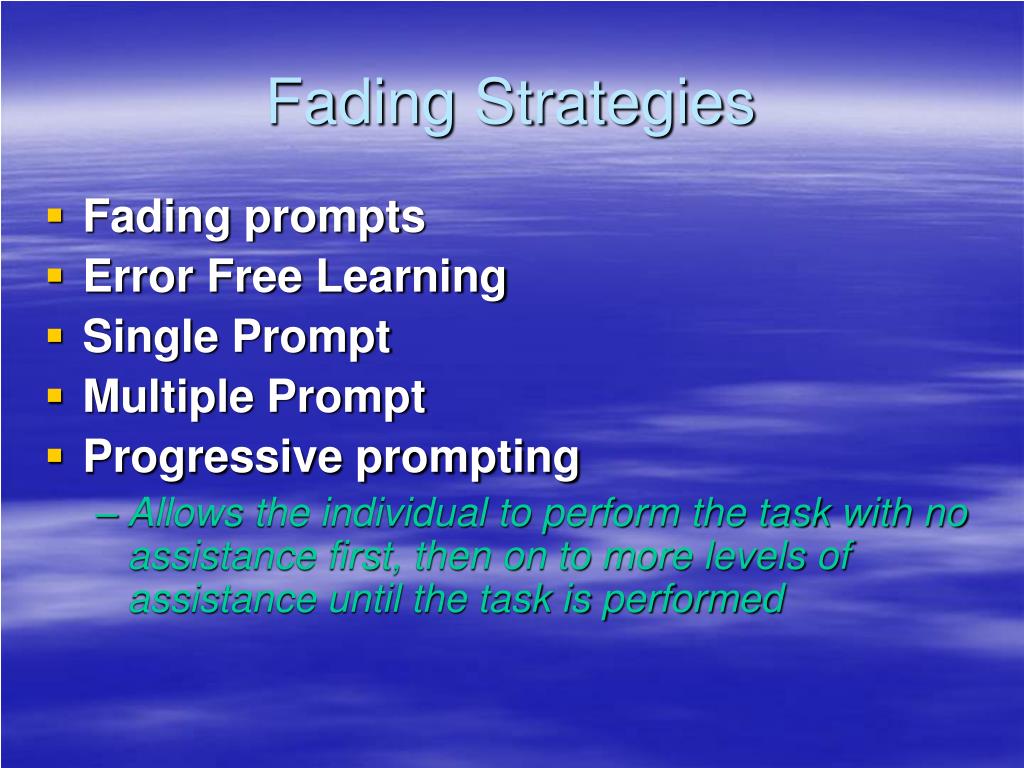 nine0009
nine0009
Fig. 3. Dependencies 1 = f ( 1 ) for sand reinforced with synthetic mesh and unreinforced sand during testing at 3 = 0.1; 0.2; 0.3 MPa.
Fig. Fig. 4. Dependence of the deformation modulus E on the number of interlayers n
Fig. 5. Dependence of the deformation modulus E on the lateral pressure s 3 , MPa
3. With an increase in the number of reinforcing layers in a triaxial compression device, the angle of internal friction increases from 36.8 to 42 0 , specific adhesion - from 0 to 50 kPa.
4. Graphs s 1 = f (e 1 ) have a linear initial section, which is characteristic both for all types of reinforcement and for unreinforced soil. The proportionality limit increases with the degree of reinforcement.
5. A decrease in the deformability of sand, depending on the degree of reinforcement of the samples, was revealed.
6. In the initial linear section, with a three-fold increase in lateral pressure, the deformation modulus (Fig. 4, 5) increases for unreinforced soil by 2.5 times. The same trend is observed for soil reinforced in height with meshes: for single- and double-row reinforcement, the deformation modulus increases by 1.8-1.9once; for three-row - 2.9 times
7. For samples reinforced at three levels in height, there are jumps in the increment of vertical deformations (section a - b in Fig. 3) in the prelimit state, which can be explained by hardening due to an increase in contact interaction soil and layers.
Literature:
1. Triaxial compression device STP-80/38 [Text]: Pat. RU 64648 Ros. Federation / Boldyrev G. G., Idrisov I. Kh., Boldyreva E. G.; applicant and patentee Limited Liability Company "Geotech" (LLC "Geotech"). — No. 2006504282; dec. 12/25/2006. nine0009
2. Soils. Methods for laboratory determination of strength and deformability characteristics [Text]: GOST 12248–2010. — Instead of GOST 12248–96; input. 01.01. 2012.
— Instead of GOST 12248–96; input. 01.01. 2012.
3. Khryanina, O. V. Experimental and theoretical evaluation of the joint work of a flexible foundation structure with a reinforced base [Text]: dis. … cand. tech. Sciences: 05.23.01 / O. V. Khryanina. - Penza, 2005. - 236 p.
4. Khryanina, O.V. Method of preparation of twin samples of sandy soil / O.V. Khryanina // Issues of planning and urban development: Sat. scientific Art. - Penza, 2002. - S. 144-146. nine0009
5. Melnikov, A. V. Strength and deformability of weak soils of foundations reinforced with reinforcement [Text]: monograph / A. V. Melnikov, O. V. Khryanina, S. A. Boldyrev. - Penza: PGUAS, 2014. - 176 p. - 500 copies. - ISBN 978-5-9282-1039-7.
6. Khryanina, O. V. Changing the stress state of foundation soils by introducing reinforcing elements into it [Text] / O. V. Khryanina, G. G. Boldyrev // Modern problems of foundation engineering: coll. scientific tr. - Volgograd, 2001. - P. 96–97.
7. Khryanina, O. V. On the ratio of strength parameters of reinforced sandy soils in shear and triaxial compression [Text] / O. V. Khryanina // Actual problems of design and construction of foundations and foundations of buildings and structures: Sat. scientific tr. - Penza, 2004. - S. 211-214.
Khryanina, O. V. On the ratio of strength parameters of reinforced sandy soils in shear and triaxial compression [Text] / O. V. Khryanina // Actual problems of design and construction of foundations and foundations of buildings and structures: Sat. scientific tr. - Penza, 2004. - S. 211-214.
Basic terms (automatically generated) : triaxial compression, sandy soil, lateral pressure, natural state, interlayer, synthetic mesh, internal friction, deformation modulus E dependence, unreinforced soil, unreinforced sand. nine0009
Keywords
strength, reinforcement, triaxial compression, deformability., deformabilitySimilar items
The strength of reinforced
sandy soils in conditions of.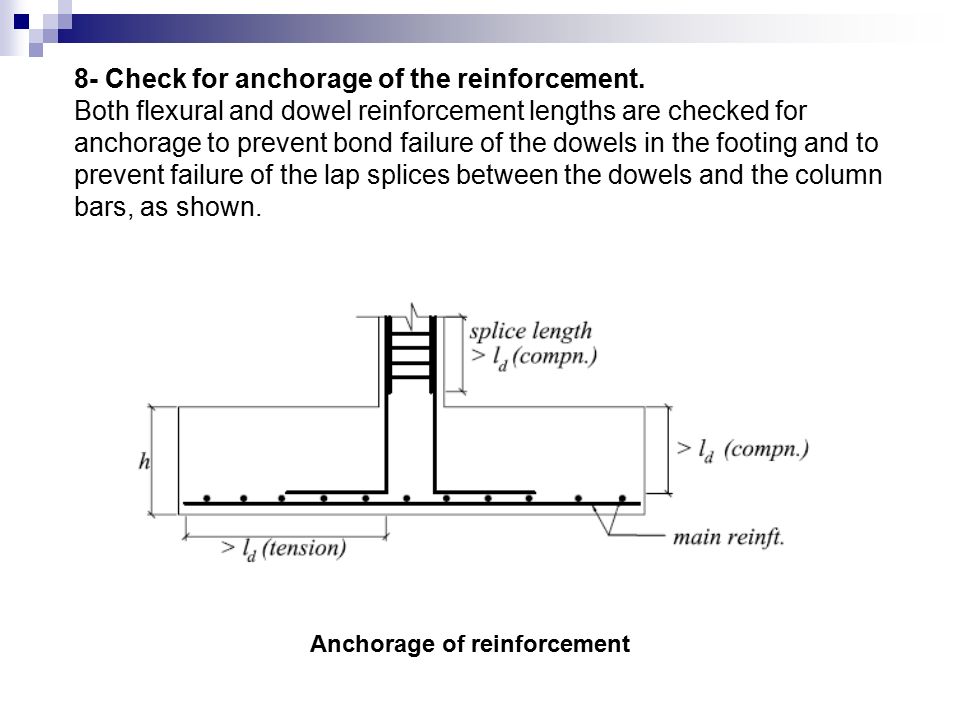 ..
.. Experimental studies were carried out with samples of sandy soil in the natural state and with the introduction of reinforcing interlayers in a single-plane cut device. The patterns of increase in the angle of internal friction and specific adhesion in dependencies ...
Application of
triaxial test sand soil for...Rules and regulations for triaxial tests sandy soils are described. Key words: subgrade, soil , adhesion, angle internal friction . Plasticity conditions form the basis of any calculation of an earthen structure according to the resistance condition ...
The results of determining the resistance parameters of
soils .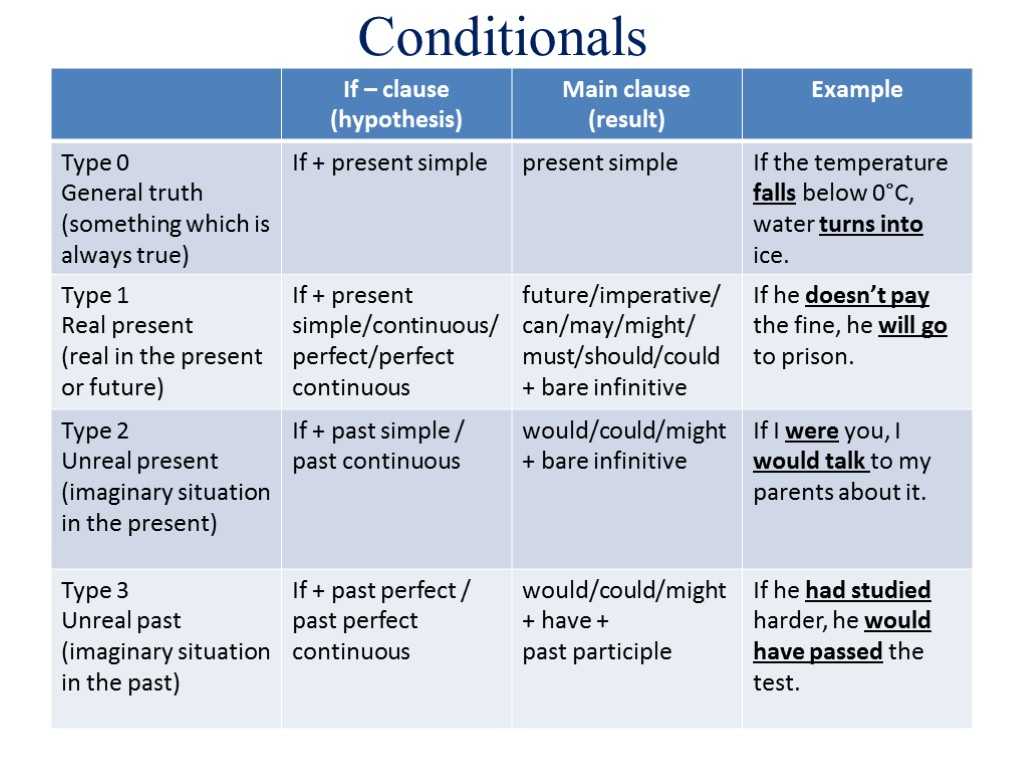 ..
.. The article briefly describes the methods of testing soils by triaxial compression and provides the rules for calculating friction, internal friction angle and resistance to undrained shear.
To the question of determining the values of short-term
modules ... nine0005Fig. 1. Dependence of elasticity modulus and compaction coefficient of clay soils (object in area III.R.3): 1 - measured values
Studies by prof. V. D. Kazarnovsky [9] showed that for non-water-saturated clay soils the angle of internal friction ...
Methods of express control of construction quality...
compaction factor, dynamic loading, subgrade, modulus of elasticity , compaction soil , thickening mesh control, relative humidity, internal Strengthening and deformability parameters of sands . Key words: road structure, reinforced soil , sand , bitumen. The result was a sandy mixture reinforced with a complex binder. nine0009 Fig. 5. Dependence of deformation on the force transmitted to the sample of reinforced soil . Keywords: soil compaction , rheological model, differential equations. As a result of deformation, compacting loads create a stressed state crushed stone sand mixture. - angle internal friction material The instrument measures the dynamic modulus of deformation , which, in the absence of irreversible deformations of the soil , coincides with the dynamic modulus of elasticity. Application triaxial test sandy soils to determine the parameters of plasticity conditions. Under vibration impact soils become fluid state (destructuring soils ) and acquire the properties of a viscous liquid. Fig. 5. Graph of dependence of module of soil cement deformation on strength by compression . 2022 №6, Articles → Izmailova Gulnara Rishadovna Ufa State Petroleum Technological University Institute of Oil and Gas (branch), Oktyabrsk, Russia Associate Professor of the Department of Exploration and Development of Oil and Gas Fields Candidate of Physical and Mathematical Sciences E-mail: Gulena-86@mail . 30.12.2022 nine0009 Read more... 2022 №6, Articles → Prokhorov Aleksey Vasilyevich Altai State Technical University named after I.I. Polzunov, Barnaul, Russia Postgraduate student of the Department of Foundations, Foundations, Engineering Geology and Geodesy E-mail: [email protected] Polzunov”, Barnaul, Russia Head of Department … 30.12.2022 nine0009 Read more... 2022 №6, Articles → Anastasia Valerievna Delovaya Kuban State Technological University, Krasnodar, Russia Institute of Construction and Transport Infrastructure Master student of the Department of Technology, Organization, Economics of Construction and Real Estate Management E-mail: [email protected] Kovtunenko Marina Georgievna FGBOU VO "Kuban State Technological University", Krasnodar, Russia Institute of Construction ... 30.12.2022 Read more. 2022 №6, Articles → Noskov Igor Vladislavovich Altai State Technical University named after I.I. Polzunov, Barnaul, Russia Head of the Department of Foundations, Foundations, Engineering Geology and Geodesy Candidate of Technical Sciences, Associate Professor E-mail: [email protected] Polzunov, ... 30.12.2022 Read more... 2022 №6, Articles → Muslova Darya Dmitrievna Tyumen Industrial University, Tyumen, Russia Master student E-mail: [email protected] Pronozin Yakov Aleksandrovich Tyumen Industrial University, Tyumen, Russia Professor Doctor of Technical Sciences, Professor E-mail: [email protected] ORCID: https://orcid.org/0000-0002-6173-2796 RSCI: https://www.elibrary.ru/author_profile.asp?id=415568 SCOPUS: https://www .scopus.com/authid/detail.url?authorId=55390829400 Web of Science: https://www.webofscience.com/wos/author/rid/B-1824-2018 … 12/22/2022 Read more... 2022 №5, Articles → Yakovlev Vladimir Mikhailovich ANO VO "University of World Civilizations named after V. 12/21/2022 Read more... 2022 №6, Articles → Guketlova Alena Arturovna Financial University under the Government of the Russian Federation, Moscow, Russia Faculty of Law Bachelor E-mail: [email protected] Annotation. The author of the publication considers the car sharing agreement as a relatively new phenomenon, from which relations arise that are not yet fully regulated by national legislation. Author … 12/21/2022 Read more... 2022 №6, Articles → Babayan Areg Martikovich Financial University under the Government of the Russian Federation, Moscow, Russia Faculty of Taxes, Audit and Business Analysis Bachelor E-mail: areg_02@list. 12/21/2022 nine0009 Read more... 2022 №6, Articles → Sausheva Oksana Sergeevna National Research Mordovian State University named after N.P. Ogaryov, Saransk, Russia Associate Professor of the Department of Theoretical Economics and Economic Security Candidate of Economic Sciences, Associate Professor E-mail: [email protected] ORCID: https://orcid.org/0000-0003-2901-9584 RSCI: https: //elibrary.ru/author_profile.asp?id=624372 SCOPUS: https://www.scopus.com/authid/detail.url?authorId=55916347600 Abstract. The article discusses current trends ... 12/21/2022 Read more... 2022 №6, Articles → Dobryakhina Olesya Pavlovna Polar State University named after N.M. Fedorovsky, Norilsk, Russia PhD student E-mail: [email protected] ORCID: https://orcid.org/0000-0001-8760-8315 RSCI: https://www.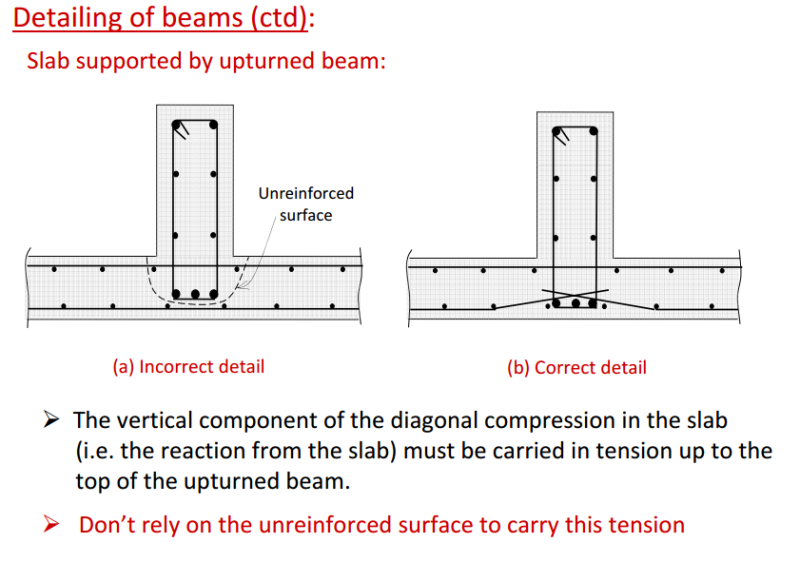 ..
.. Soil compaction simulation
| Journal article... The introduction of modern express methods for determining...
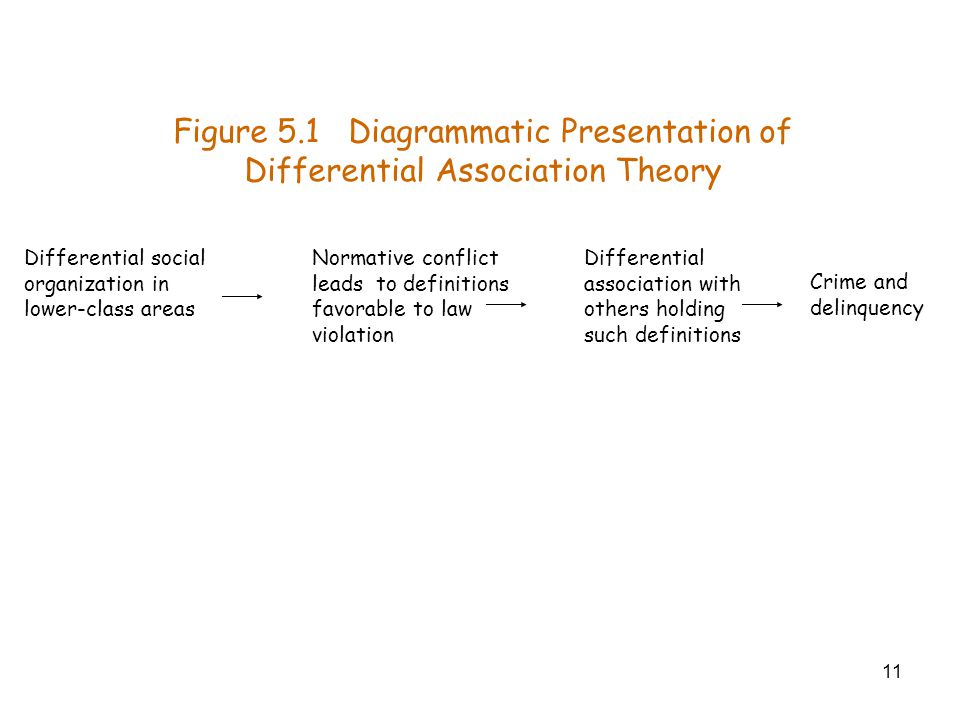
Evaluation of the influence of soil-cement structures on the basis of an example ...
Page not found
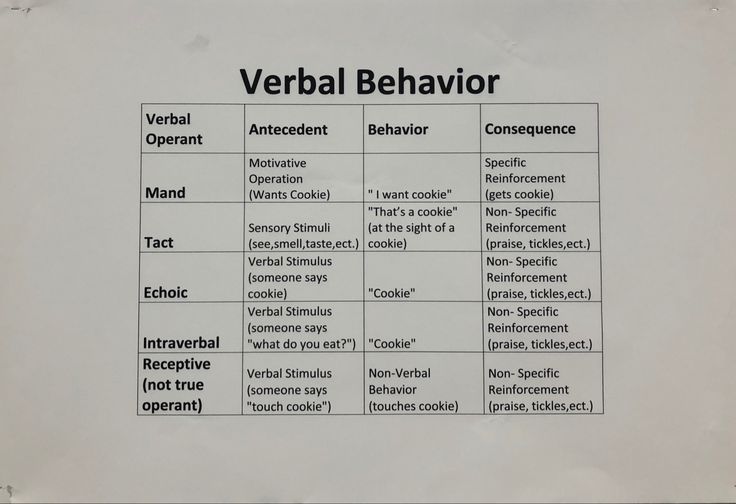 ru Abstract. The paper considers the effect of heating an oil-saturated formation at …
ru Abstract. The paper considers the effect of heating an oil-saturated formation at … 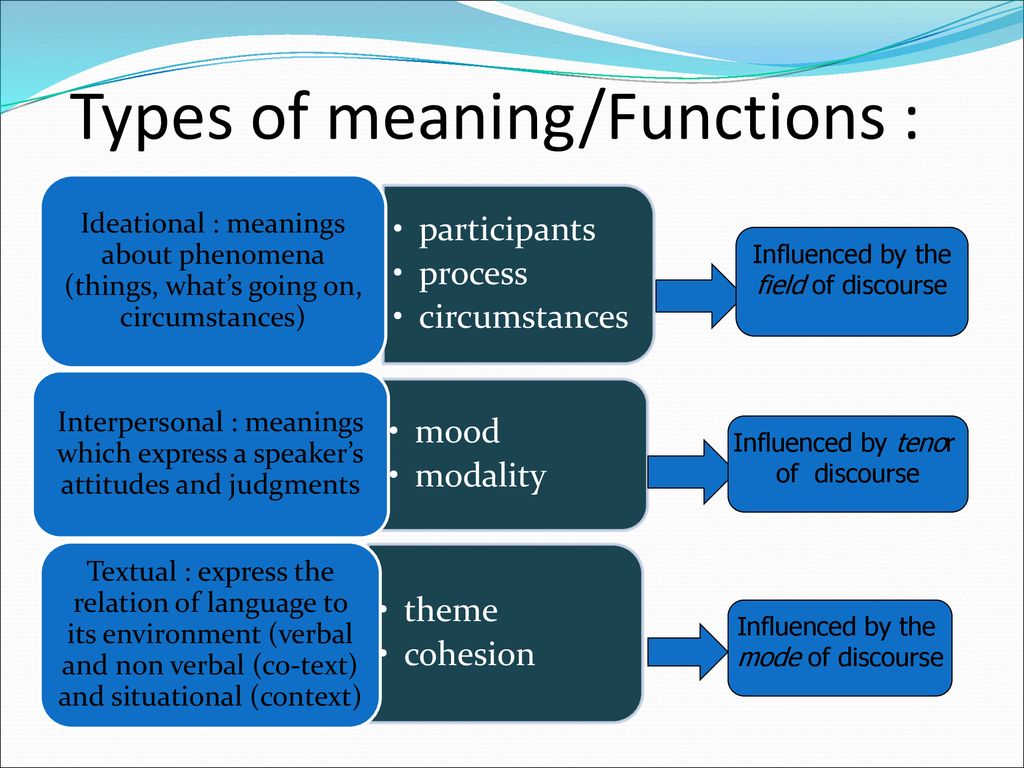 ..
.. 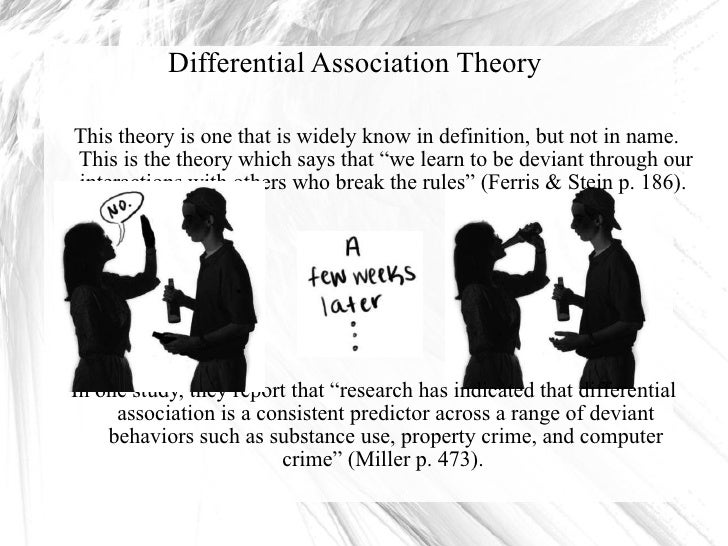 V. Zhirinovsky”, Moscow, Russia Senior Research Fellow Doctor of Economics, Professor E-mail: [email protected] RSCI: https://elibrary.ru/author_profile.asp?id=624372 Abstract. The article reveals the conditions, causes and features of the emergence of risks of shadow and corruption activities and their …
V. Zhirinovsky”, Moscow, Russia Senior Research Fellow Doctor of Economics, Professor E-mail: [email protected] RSCI: https://elibrary.ru/author_profile.asp?id=624372 Abstract. The article reveals the conditions, causes and features of the emergence of risks of shadow and corruption activities and their … 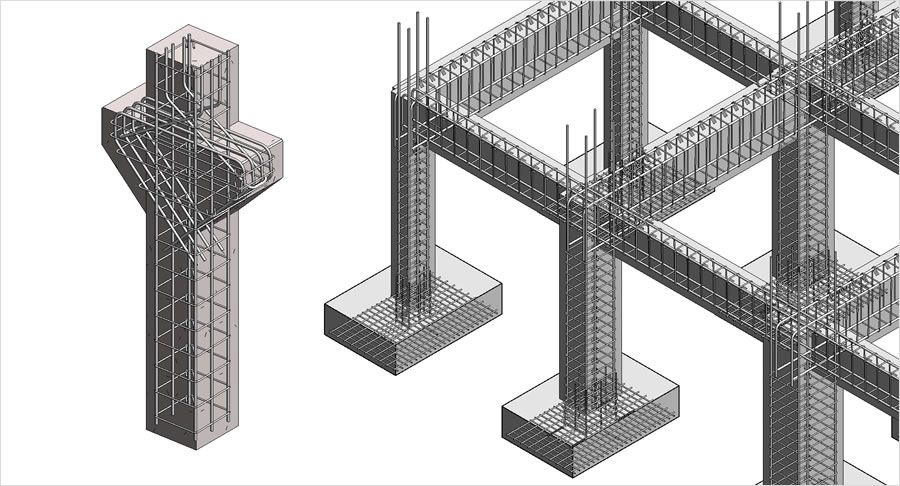 ru Annotation. Currently, the issue of customs regulation is one of the most relevant in the economy. Within the framework of this article, the author ...
ru Annotation. Currently, the issue of customs regulation is one of the most relevant in the economy. Within the framework of this article, the author ... 










